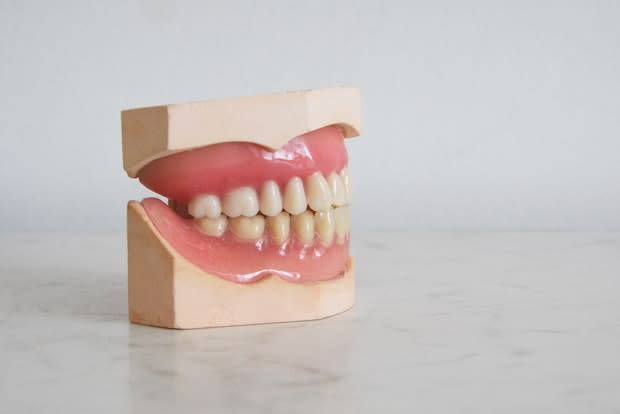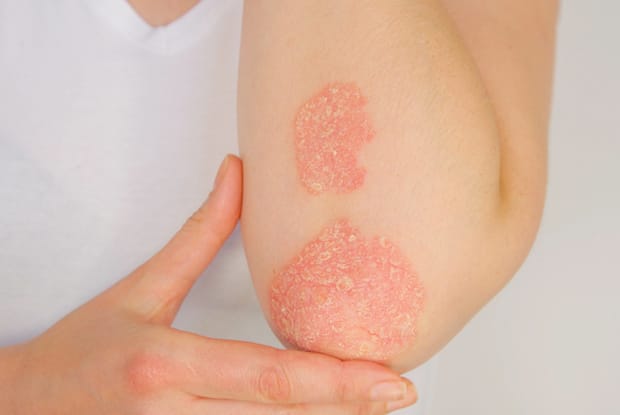Table of Contents
I. What are Rheumatic Diseases?
a. Symptoms of Psoriatic Arthritis
What are Rheumatic Diseases?
Rheumatic diseases affect over 46 million adults in the United States. These diseases involve the immune system mistakenly attacking the body. Joints, tendons, ligaments, bones, muscles, and internal organs are normally targeted by rheumatic diseases. If the immune system attacks these bodily structures, pain, and disability can occur.
There are over 100 different types of rheumatic disease, and each one comes with its symptoms and treatments. These diseases make up over 27 percent of disability among the American population. Rheumatoid arthritis is especially common and can cause pain and possible joint deformation over time. There are several treatments available for arthritis, including Mobic (meloxicam), indomethacin (also available in indomethacin suppositories), Celebrex (celecoxib), and Medrol (methylprednisolone). [1]
a. Rheumatoid arthritis
Rheumatoid arthritis (RA) differs from the wear and tear form of osteoarthritis because of the immune system component. Rheumatoid arthritis is less well known, but it still affects 1.3 million people in the United States. This type of arthritis affects the lining of the joints and can cause painful swelling. Over time, the joint may weaken and stretch, causing the joint to lose its shape and alignment. Symptoms of RA include:
- Tender, warm, swollen joints
- Fatigue, fever, and loss of appetite
- Joint stiffness
- Skin, eye, lungs, heart, and kidney changes [2]
If you have a rheumatic disease, you are much more likely to experience another rheumatic disorder. Read on to learn more about rheumatic diseases related to arthritis.
Lupus is another autoimmune disorder that causes inflammation and pain in the body. Anyone can develop lupus, but you are at a higher risk if you are a woman aged 15-44, have a family member with lupus, or already have another autoimmune disease. The majority of autoimmune diseases occur for no discernible reason, but it is thought to be a combination of genetic and environmental factors. [3] Lupus is difficult to diagnose because the symptoms often mimic other disorders. Some people may develop this disorder when triggered by infections, certain drugs, or sunlight. The types of lupus include: Systemic lupus erythematosus (SLE): This is the most common form of lupus, affecting several body systems. Cutaneous lupus: This form is typically limited to the skin. Drug-induced lupus: Certain prescription drugs can cause lupus. Neonatal lupus: This type is rare and affects infants of women with lupus. There are often flare-ups of lupus, and symptoms may disappear for periods. Certain parts of the body are affected differently by lupus, and symptoms depend on the part of the body. Common symptoms of lupus include: This is another autoimmune disease that involves white blood cells attacking healthy body tissues. In the case of Sjogren’s syndrome, white blood cells attack the glands that are responsible for making moisture in the body. If the moisture-producing glands are attacked, the body cannot produce tears and saliva, leading to dryness of the eyes and mouth. In most cases, Sjogren’s is more likely to occur in men over the age of 40. Nearly half of people who develop Sjogren already have another autoimmune disorder. It is important to get treatment for Sjogren’s because a lack of moisture in the body can result in cavities in the teeth and an uncomfortably dry nose. More severe complications can include bronchitis, nerve issues, and irritable bowel syndrome (IBS). The symptoms of Sjogren’s vary greatly from person to person. Some people may have one symptom or suffer from several at once. Symptoms can include: Psoriatic arthritis is another form of arthritis that often affects the skin. Psoriasis is also an autoimmune condition and increases your chance of developing arthritis as well. Psoriasis usually develops first, and arthritis may develop later. This skin condition involves silvery scales on the skin along with red patches. This condition can affect joints on both sides of the body. Psoriatic arthritis may occur due to genetic factors but may also be triggered by physical trauma or infection. It is important to get treatment to prevent damage to the joints. Similarly, this disorder can lead to permanent disability. The symptoms of this condition are similar to rheumatoid arthritis and cause joints to become swollen and painful. The symptoms may be similar, but psoriatic arthritis may also cause: The exact cause of scleroderma is unknown, but many researchers believe it to be an autoimmune disease. Scleroderma is a long-lasting disease that affects the skin, connective tissue, and internal organs. This condition occurs when the immune system produces too much collagen protein and leads to severe symptoms. When there is too much collagen in the body, the skin thickens and tightens, forming scars on the lungs and kidneys. Scleroderma may also thicken blood vessels, raising blood pressure and causing cardiac distress. The two types of scleroderma include localized scleroderma and systemic scleroderma. The first type mainly affects the skin, causing patches, lines, or steaks. Systemic scleroderma involves more than the skin, affecting the intestines, esophagus, and blood circulation. Those with scleroderma may also have Sjogren's syndrome. Because scleroderma can affect many parts of the body, the symptoms can vary significantly. You will need a proper diagnosis from the doctor to make sure these symptoms line up with scleroderma. Common symptoms include: The content in this article is intended for informational purposes only. This website does not provide medical advice. In all circumstances, you should always seek the advice of your physician and/or other qualified health professionals(s) for drug, medical condition, or treatment advice. The content provided on this website is not a substitute for professional medical advice, diagnosis, or treatment.
Lupus
a. Symptoms of Lupus
Sjogren’s Syndrome

a. Symptoms of Sjogren’s
Psoriatic Arthritis
a. Symptoms of Psoriatic Arthritis

Scleroderma
a. Symptoms of Scleroderma
